Vilhelms Purvītis
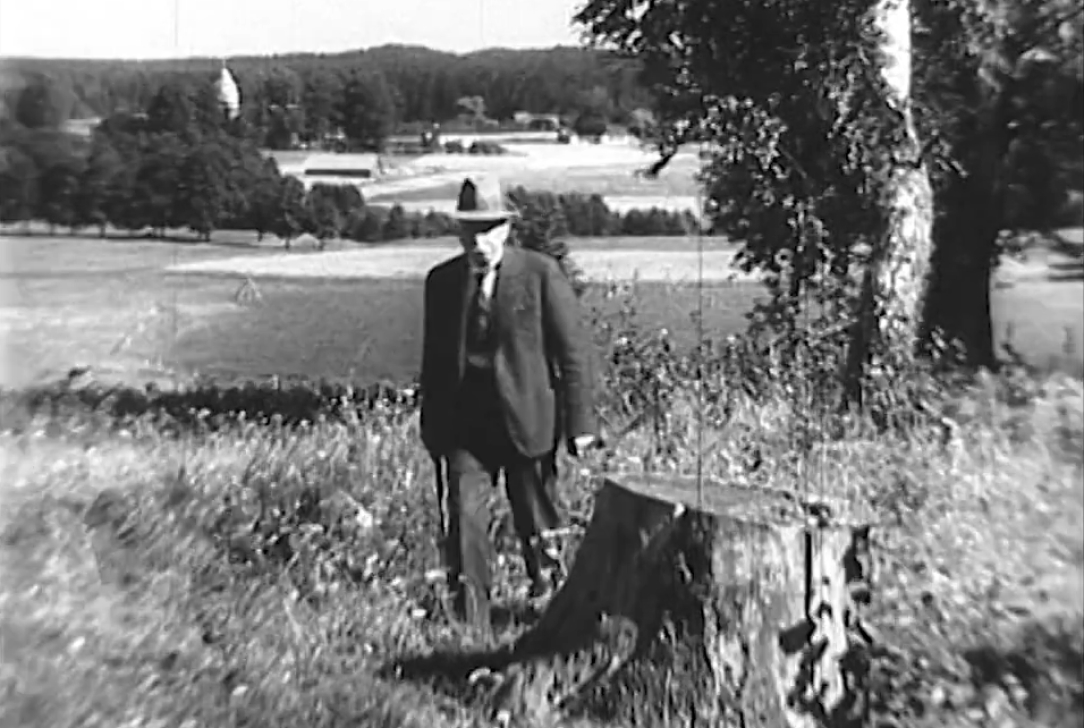
A frame from the documentary film “Vilhelms Purvītis”, 1939. Material of the National Archives of Latvia, LNA_KFFDA_F194_1_592
Vilhelms Purvītis, landscape painter, teacher, first rector of the Art Academy of Latvia and director of the Latvian National Museum of Art, was one of the founders of the Latvian national school of painting. His diplomatic skills, sharp mind, perseverance and sense of justice enabled the preservation of Latvia’s national art values during various times of occupation and the rise of strong successors.
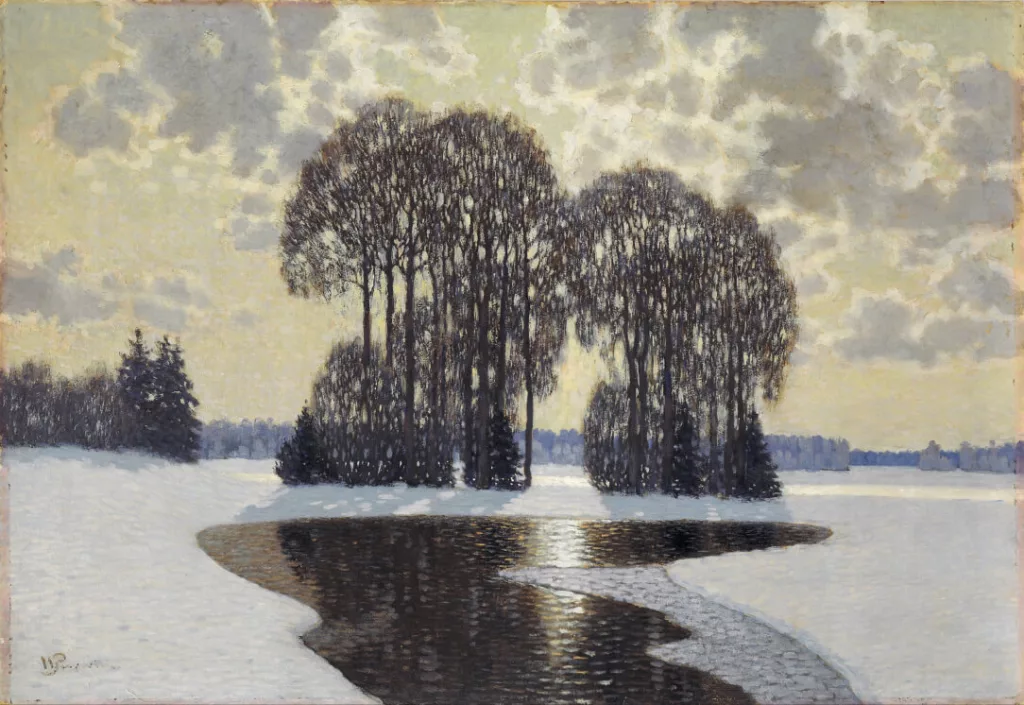
Vilhelms Purvītis, Winter, around 1910. Archives of the Latvian National Art Museum, VMM GL-1568

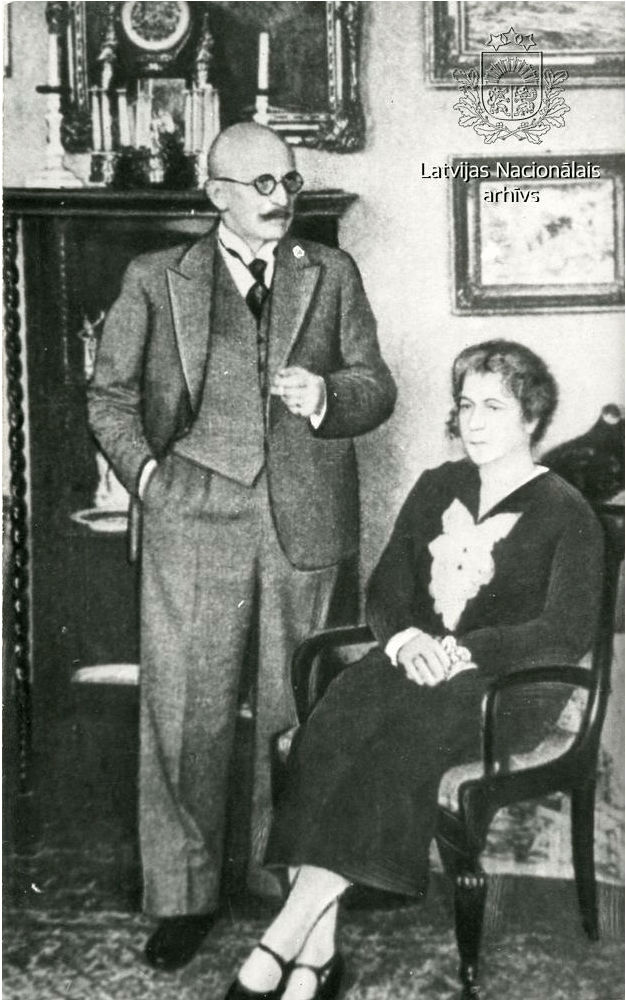
Vilhelms Purvītis (1872–1945) was a philosopher of art. The uniqueness of his work is the “composing” of his paintings. Almost none of the landscapes painted by Purvītis that can be seen in the National Museum of Art, Durbe Palace, the Presidential Palace, private collections and elsewhere can be seen in reality because they are “composed” – artificially staged. In his countless studies, Purvītis nurtured specific natural objects and brought them together in unique compositions and variations. “To organise the nature”, said Purvītis. For composition purposes, he suggested “transplanting” a tree elsewhere or “adding” a house.




His success was always based on work – the master did not tolerate idleness. Purvītis believed that it is very rare to determine who is a true artist by nature and who will become one through hard work. To motivate his students to work, he drew a line on the wall with charcoal and said: “Many of you will get to this point, maybe even all of you, but only a few of you will get past it. Beyond this line, the artist begins.”
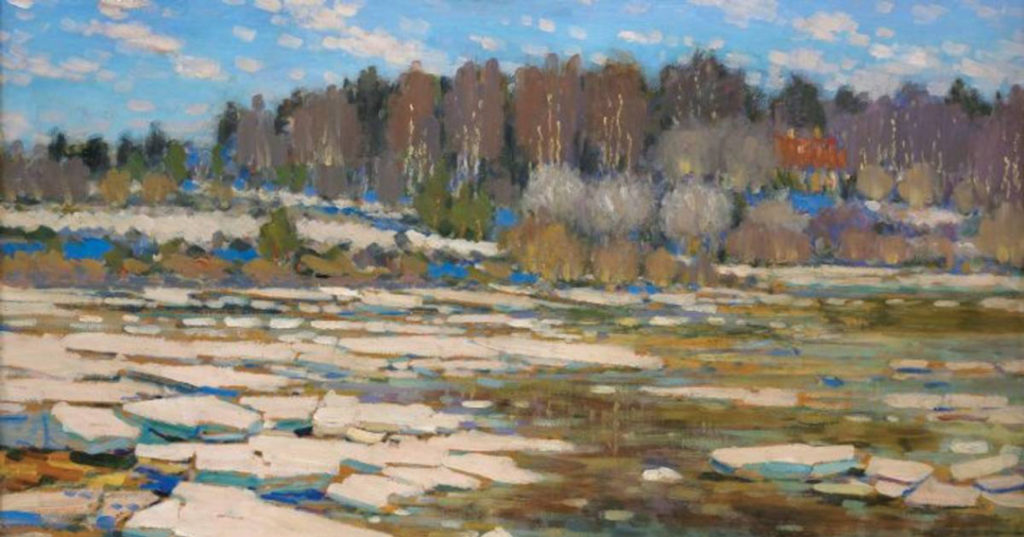
Vilhelms Purvītis, Spring waters, – 1935. around 1930 – 1935 Archives of the Latvian National Art Museum LMM GL-3259
But the greatest success for an artist is to find oneself. Purvītis trained a number of 20th-century Latvian artists in his studio – Ģederts Eliass, Kārlis Padegs, Ārija Skride, Arvīds Egle, Miervaldis Ķemers, Jānis Gailis, Margrieta Celmiņa, Edgars Vārdaunis, Kurts Fridrihsons and many others. He always believed that all his students were gifted, but no one should be lazy, because the real struggle would start when the artist was alone and had no one to ask for advice. Purvītis’ strong character, sharp mind, subtle sense of humour and also fragility are just some of the qualities that make up his personality, but the door of his apartment was always open to his students. Oto Grebže, a student of Vilhelms remembers: “Students used to call Purvītis… the old chap. Just like what Purvītis would call his father.”


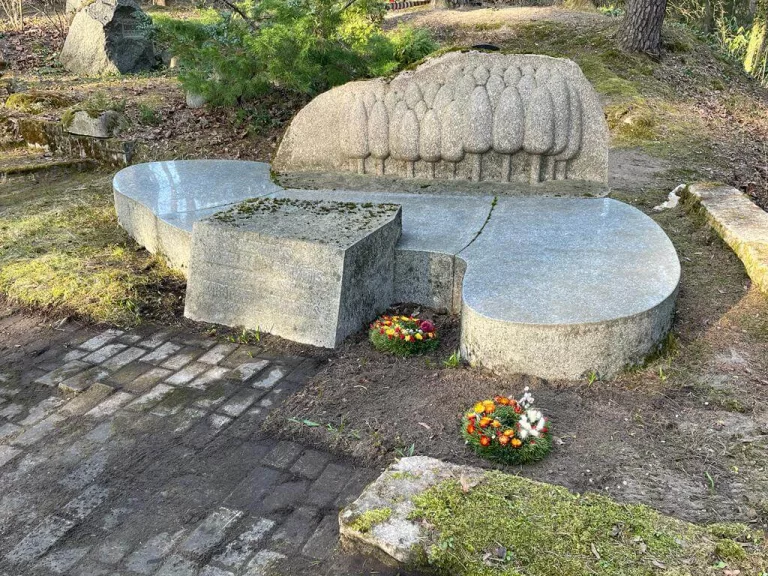
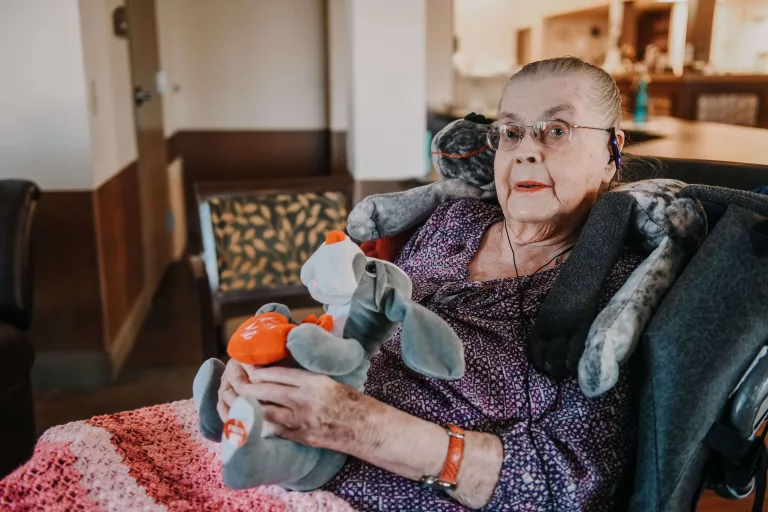
Purvītis used his status (rector of the Art Academy, director of the Art Museum, teacher, winner of several international competitions) to advocate for the preservation, nurturing and sometimes also the salvation of Latvian national art. Later, during his exile, the transport that carried around 900 (the archives are silent on the exact number of paintings) of Purvītis’ paintings to Germany, mysteriously disappeared. This was a significant blow for Purvītis because he believed that without his works he was nothing again and he had to start all over once more. He passed away a year later. There are now more than 400, the exact number is still unknown, of his paintings in various collections, which are still a testament to the talent, craftsmanship and genius of Vilhelms Purvītis.
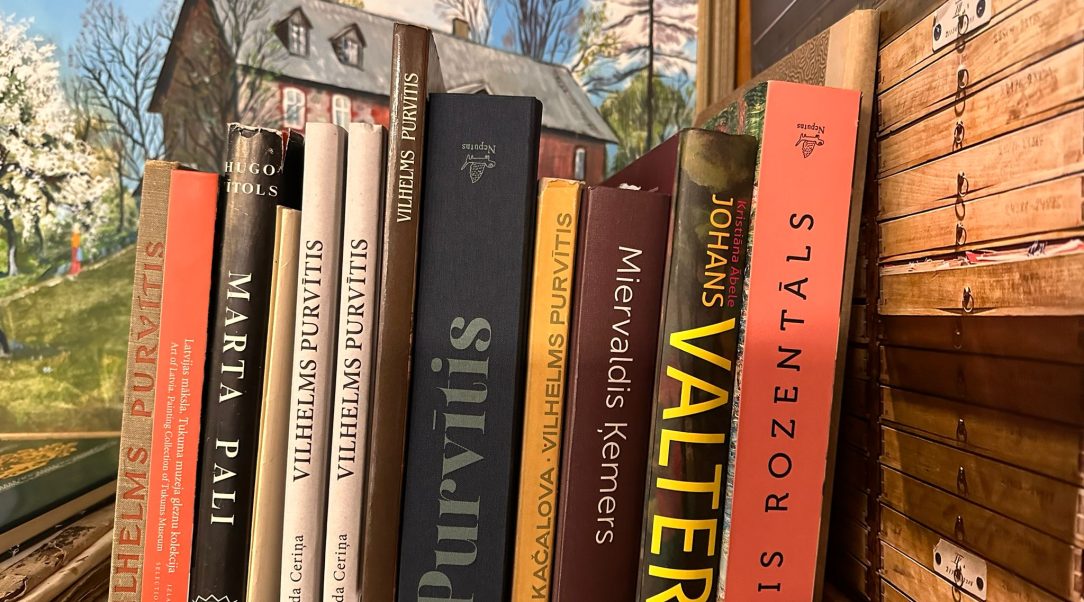
Muzeum research
The research plan of the “Purvīša Museum” is based on researchers who studied facts and knowledge from the 19th century till beginning of 21st century. In order to continue successive steps in the research of the life and works of Vilhelms Purvītis, a digital catalog of Purvītis heritage is being created.
Company details:
Biedrība “Purvīša muzejs”
Reg.nr. 40008120773
Bank: Swedbank
Account nr.: LV96HABA0551018616469